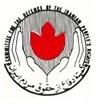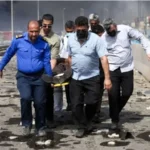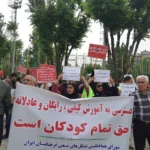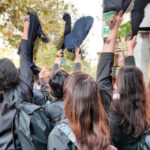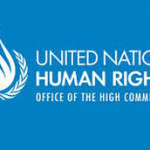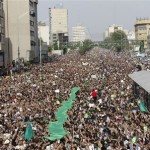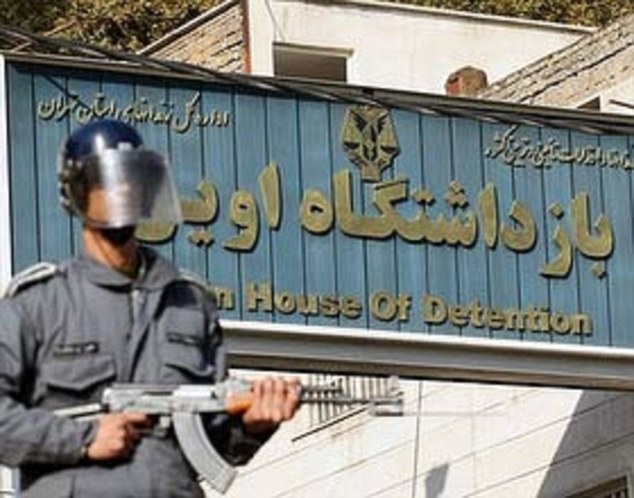
According to information released by the ‘Committee for the Follow-up of the Whereabouts of those Arrested during the Nationwide Protest Demonstrations of 28 December – 8 January 2018’ – a monitoring body that has been set up by Tehran University in the aftermath of the protests and subsequent security clampdown – one of those detained during the protests, a Mr Sina Ghanbari (22 years old) died on 6 January in “unclear circumstances” in the quarantine section of the notorious Evin Prison in Tehran. In exchanges with two members of the Iranian Parliament, the Intelligence and Security forces have claimed that Mr Ghanbari committed suicide. There is also increasing concern for the fate of at least another two detainees. Officials from Evin Prison have claimed that Mr Ashkan Absavaran (20 years old) is missing while his family have issued a statement confirming that he had telephoned the family home on 3 January to inform them that he had been arrested. The whereabouts and wellbeing of another detainee, Mr Kasra Nouri (26 years old), a law student at Tehran University, remain unknown. Mr Nouri – also a member of the Gonabadi dervish order, a minority group persecuted by the Iranian authorities – is believed to have begun a hunger strike on 4 January following his arrest. Mr Nouri’s family have stated that the authorities have refused to inform them of his situation and nobody, including lawyers, have been able to gain access to him either.
And, this evening (9 January), Amnesty International have just issued a release quoting a toll of at least five deaths in custody. It is clear that a grave situation in Iran is only set to become more so over the coming days.
A number of Islamic Republic officials have stated that the “riots” have been brought to an end and that its “leaders” have been rounded up accordingly, while the head of the ‘Islamic Revolutionary Tribunals’ has stated that “[…] the charge against those who have been involved in the riots as ringleaders is ‘moharebeh’ (i.e. enmity with god).” The usual sentence for those charged with ‘moharebeh’ in the Islamic Republic of Iran is one of death.
These worrying developments have shocked even experienced campaigners in Iran and many now fear for the lives of all of detainees – most of whom are young people, including 102 university student activists – official estimates place the average age of those arrested during the recent unrest at 25 years old. The Islamic Republic regime in Iran has a notorious record in this respect – the death of several protesters at the Kahrizak detention centre in 2009; the murders of Zahra Kazemi (a Canadian-Iranian photojournalist) and blogger Sattar Beheshti in custody during interrogation; the death of a number of political prisoners and prisoners of conscience including Akbar Mohammadi, Valiollah Feyz Mahdavi, Hoda Saber, Omid Reza Mir Siaffi and Shahrokh Zamani, a labour activist, in very suspicious circumstances, are just a few examples from this long dark list.
More than 2,000 people arrested:
According to reports from a wide range of sources, the number of detainees is estimated to have reached more than 2000 by 4 January. Official sources have confirmed that 90 university students had been arrested “pre-emptively” so as to stop them from joining the protest demonstrations. However, owing to information from a number of credible reports, CODIR believes that the number of student activists detained is at least 102 – with several seemingly being kept at secret detention centres managed by the security forces and the Guard Corps, essentially having been disappeared. The Islamic Republic has refused to provide any concrete information or statistics pertaining to the arrest of at least 1000 people in the first days of the protests alone. On 8 January, a spokesman for the Ministry of the Interior told reporters that he could not provide accurate figures for the number of those detained in the recent protests.
The crackdown on demonstrators has mainly been carried out by the Guards Corps and the Basij militia forces. Following an initial denial, the IRGC confessed that it had directly participated in suppressing protests in at least three cities and indirectly – through the Basij militia attached to the IRGC – elsewhere. The IRGC is known to be responsible for the primary torture and detention of detainees, in order to extract false confessions, in two wings of the notorious Evin Prison.
- CODIR specifically calls for the release of all political prisoners, including those swept up in the recent protests – in the meantime, at the very least; those detained must be granted unimpeded access to legal advice and transferred to officially-recognised holding facilities where their situations can be openly and properly kept under review and scrutiny.
- CODIR calls on all those concerned for human rights in Iran to write letters of protest to the Iranian authorities directly or via the Embassies and Diplomatic Missions of the Islamic Republic of Iran in their countries.

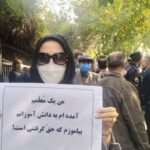
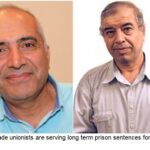







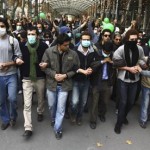
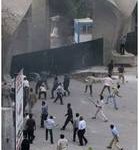
 Posted in
Posted in 